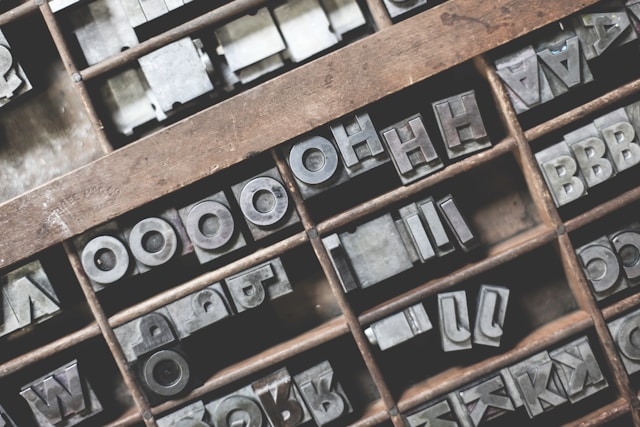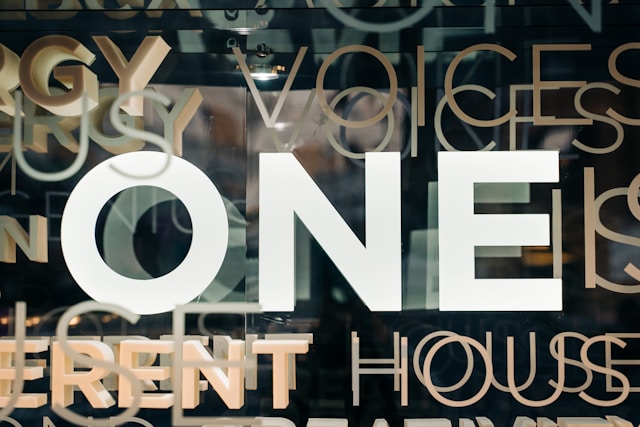Typography plays a essential role in graphic layout, placing the tone, conveying messages, and enhancing the visual effect of a layout. Effective typeface selection can greatly impact the overall success of a layout. Here are some recommendations for selecting typefaces on the way to increase your image designs.
Typography in Graphic Design
Understand the Purpose and Context
Consider the motive of the design and the context in which it will be used. Is it a print commercial, website, or packaging? Each medium and audience may have unique necessities and expectancies. Tailor your typeface choice for that reason.
Match Typeface with Message
Different typefaces evoke distinctive feelings and produce one of a kind messages. For example, a bold, sans-serif font may communicate electricity and modernity, while a sensitive script font can also evoke beauty and femininity, see https://www.casinoclic.com/fr
. Ensure the typeface aligns with the meant message and brand identity.

Contrast is Key
Contrast is essential in typography to create visual interest and hierarchy. Choose typefaces which have contrasting traits, such as pairing a serif font with a sans-serif font, or a bold font with a lighter, extra delicate font. This contrast facilitates differentiate headings, subheadings, and body text, allowing better clarity.
Consider Readability
Prioritize clarity to your typeface choice, in particular for body text. Choose fonts which might be legible in various sizes and throughout exclusive mediums. Avoid overly ornamental or stylized fonts which could hinder readability.
Maintain Consistency
Consistency is crucial in typography to maintain a cohesive layout. Stick to a limited variety of typefaces during a layout to create unity and avoid visible clutter. Different weights, patterns, and variations of the identical typeface may be used to add variety at the same time as keeping consistency.
Test and Experiment
Don’t be afraid to experiment and test out special typeface mixtures. Use design software to create mock-ups, and explore how extraordinary fonts paintings together. Pay attention to how they have interaction with other layout factors, together with portraits and pix.
Consider Cultural and Contextual Factors
When designing for a selected tradition or language, take into account cultural nuances and ensure the typeface is appropriate for that context. Some characters, letterforms, or show styles can also have distinct interpretations or significance in numerous cultures.
Keep Accessibility in Mind
Accessibility is essential in layout. Consider the readability of your typeface for people with visual impairments or studying problems. Use suitable font sizes and provide sufficient contrast among textual content and backgrounds.
Conclusion
By considering these tips and ideas, effective typeface selection can beautify the effect and clarity of your designs. Typography is a powerful tool in graphic layout, so take some time to discover and experiment with diverse typefaces to locate an appropriate healthy in your precise layout wishes.
